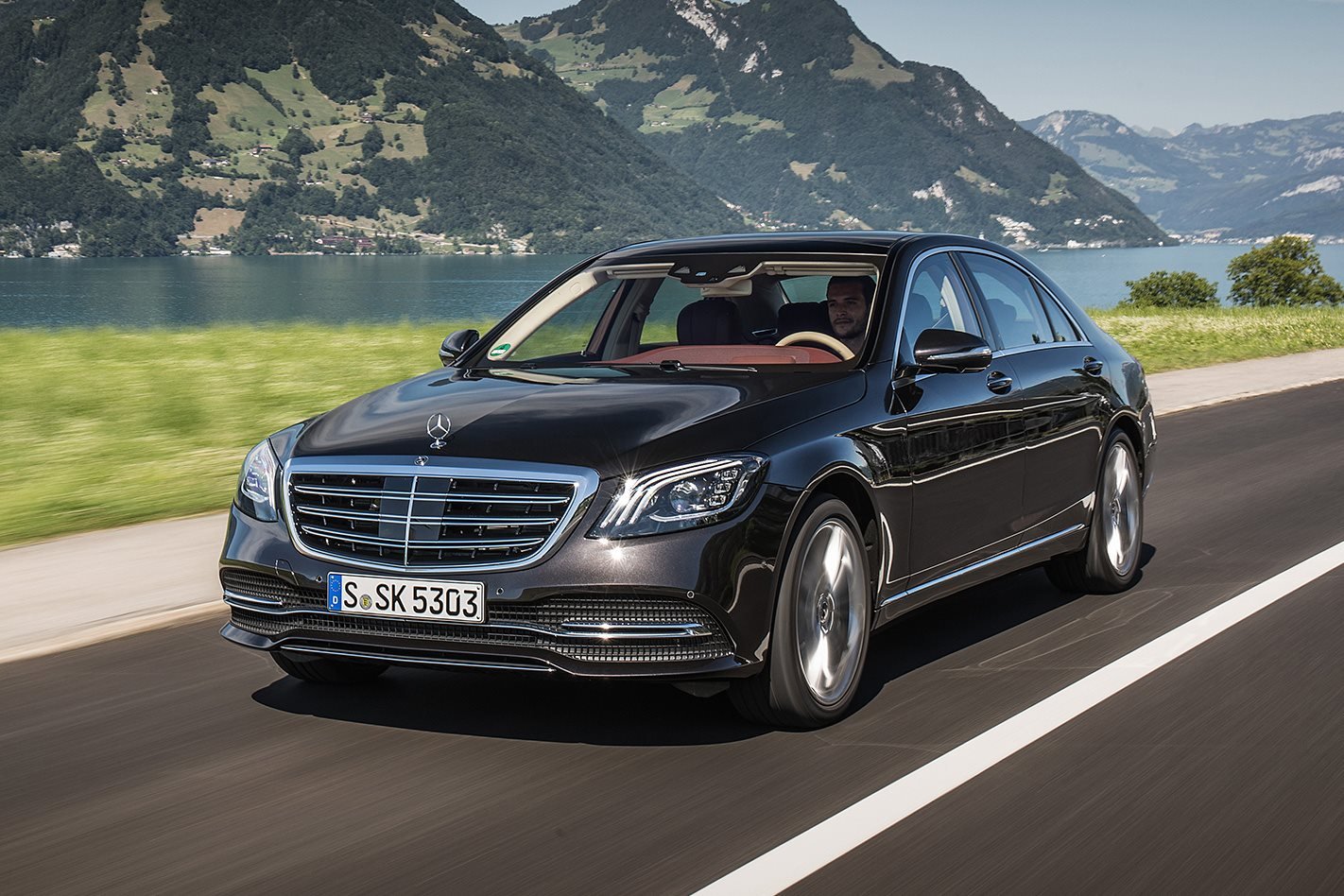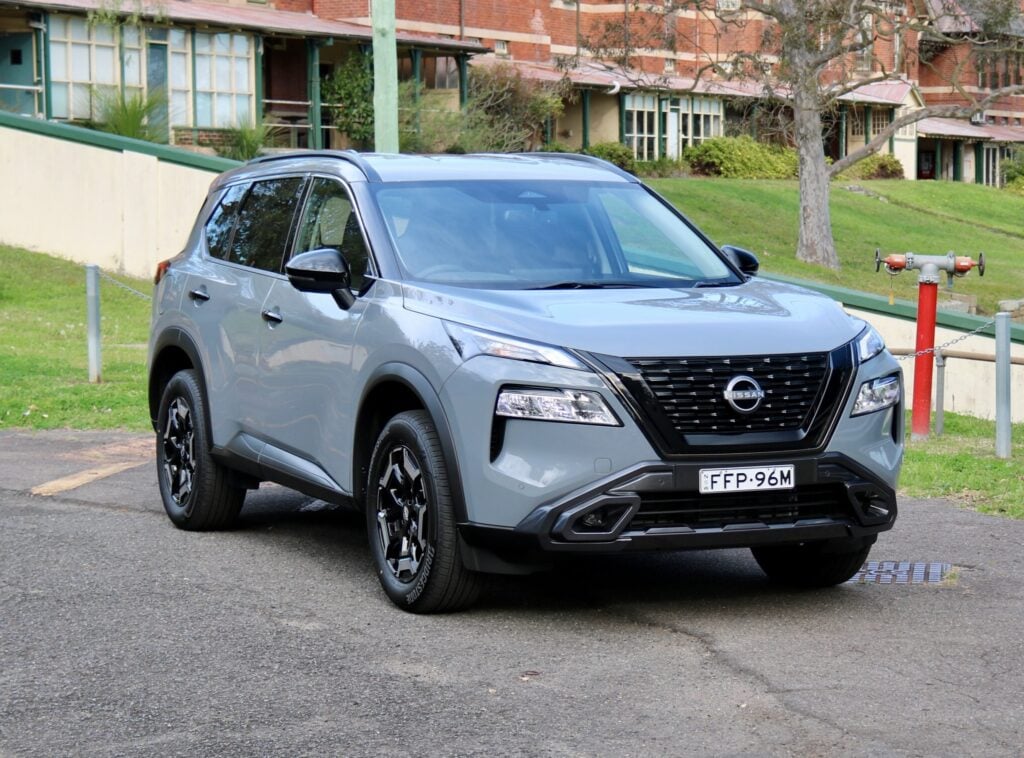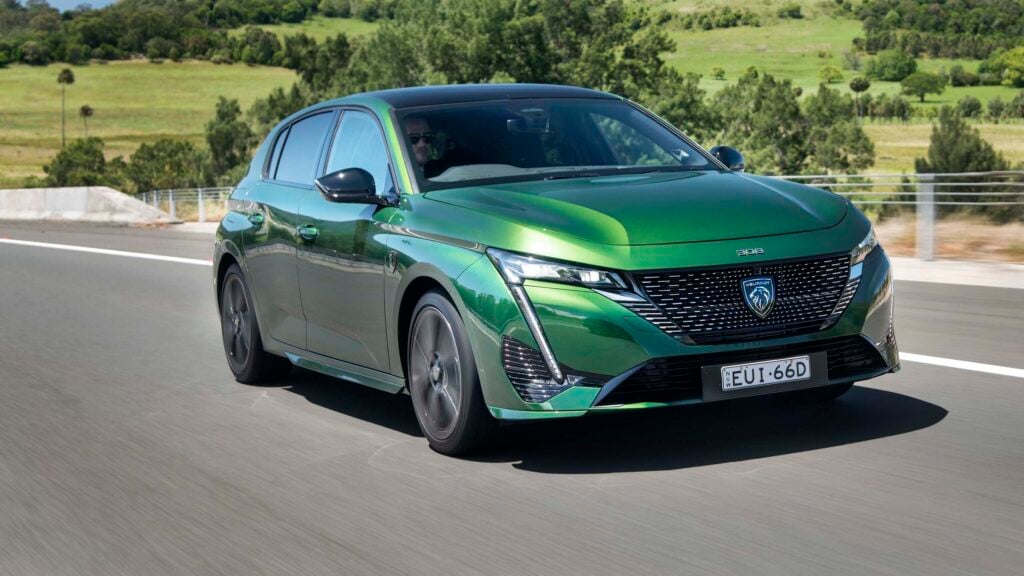The self-proclaimed “best car in the world” – with the modest aspiration of being “the best car of all time” – is back to fight off all-new model challenges from Audi and BMW.
Mercedes-Benz’s latest S-Class is more about increased comfort and safety than handling and performance, despite engines offering more power. The S-Class is Mercedes’ benchmark so it contains the full breadth of Mercedes engineering talent and looks set to assume its traditional ranking among luxury sedans.
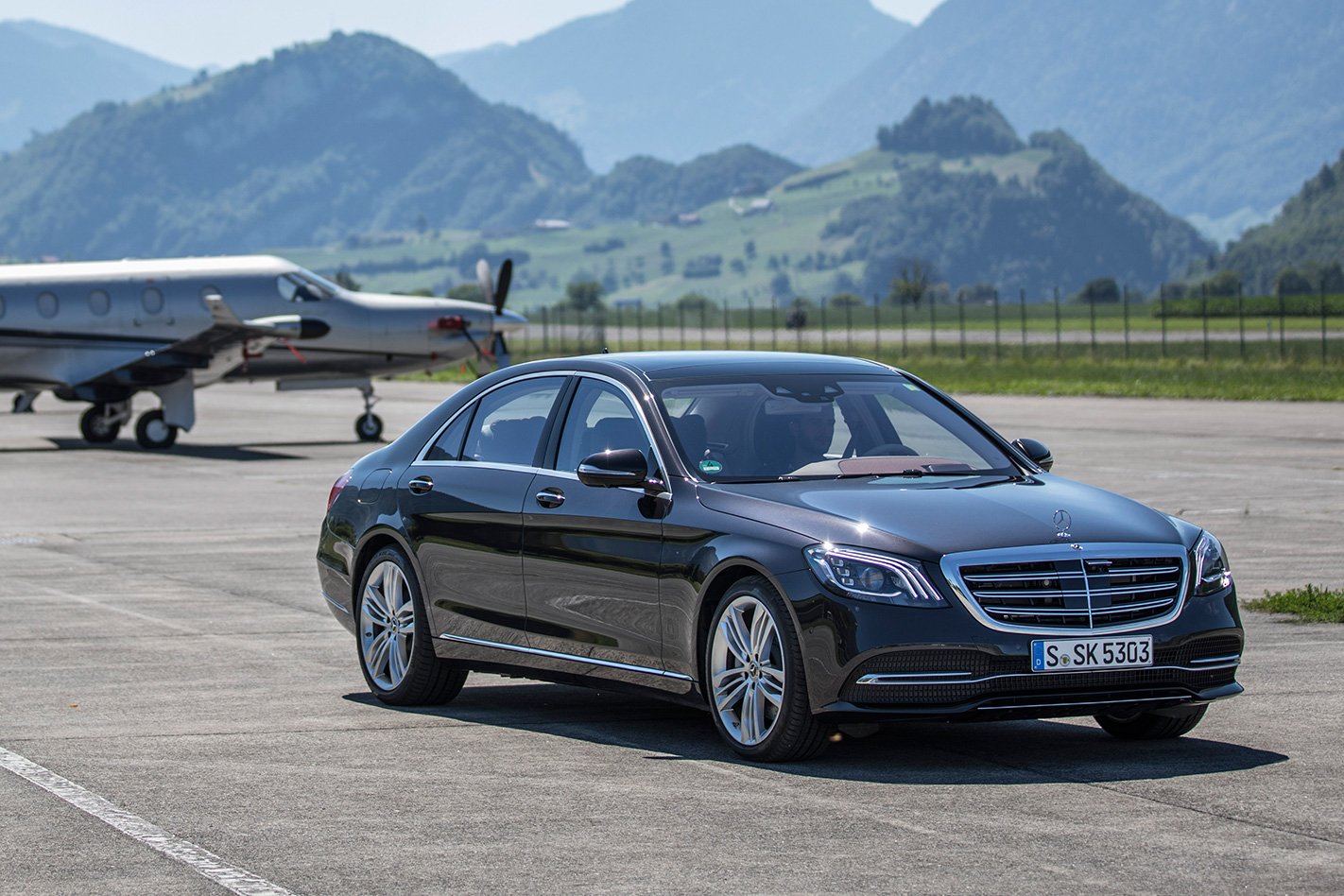
Mid-model update brings a gentle facelift, though Mercedes says there are 6500 new components – with variants of three innovative and impressive new in-line six and V8 engines – plus a host of semi-autonomous driving abilities.
Why are we testing it?
With the new Audi A8 and BMW 7-Series fighting for the same territory, has Mercedes done enough to keep the S-class at the pinnacle? Does the return to in-line six engines bring a significant step in refinement with that promise of V8 performance and six-cylinder economy?

BMW 7-Series, Audi A8, Jaguar XJ, Lexus LS
The Wheels verdict
The new S-Class does take another step down the road of turning drivers into passengers at a comfort level that rivals the more exclusive Rolls-Royce. The Mercedes, especially in long wheelbase form, serves up an unmatched sense of wellbeing that is almost overwhelming whether at the wheel or in the comfort of its vast rear seat compartment.
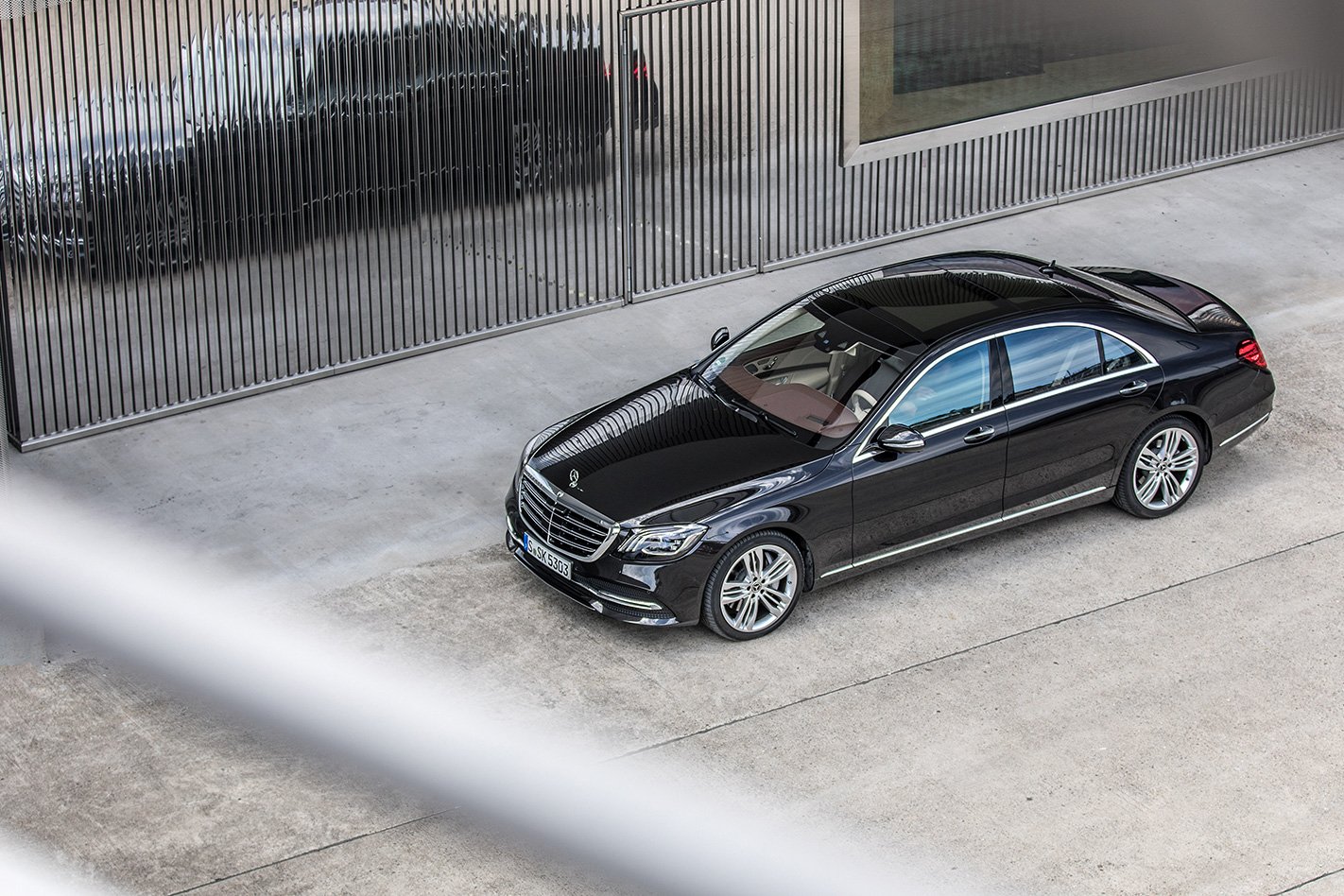
Minus occasionally slow to kickdown, new cruise control might irk traditional owners, impression of width never goes away
The Wheels Review
The freshly face-lifted version of the classic German luxury sedan doesn’t go on sale until December in Australia. When it does, it will be offered with six separate engines scattered across a range of models: S350d; S400d LWB; S450; S560; S560 LWB; AMG S63 LWB, and the S650 Maybach – the only V12 variant to survive a cull of models at the very top end of the sedan range. Such is the complexity of the range and options that Mercedes claims no two S-Classes built will be identical.
Underneath the familiar exterior – now refreshed by a prominent chrome grille, modified bumpers, and LED headlights and taillights graphics – is a subtly updated version of the previous S-Class’ MRA platform that is shared with the smaller C- and E-Classes, with unique S-Class structural components at the rear. All in conjunction with the standard Air Body Control air suspension, however unlike the three-chamber system unveiled in the latest E-Class, the S-Class maintains the simpler single chamber set-up of the old model. Inevitably, the S-Class’ electrical architecture has been significantly upgraded, and predictably it now supports the widest range of driver assistance system of any Mercedes.

The new twin-turbo in-line six-cylinder diesel delivers 250kW (up 10 percent) between 3600-4400rpm, and a mighty 700Nm across a range from 1200-3200rpm. It features a stepped bowl combustion process, multi-channel exhaust gas recirculation system and, for the first time, variable valve-lift control.
As significant as the performance and economy figures are (0-100km/h in 5.2sec, 5.2L/100km consumption through the combined cycle), it’s the new engine’s refinement and smoothness that really impresses. In this respect, it’s a huge step over the old V6. From the wheel, the engine is barely audible at idle, it revs quickly while power delivery is virtually linear, changing up at 4500-4600rpm under full throttle, somewhat shy of the 5250rpm redline. It even sounds good.
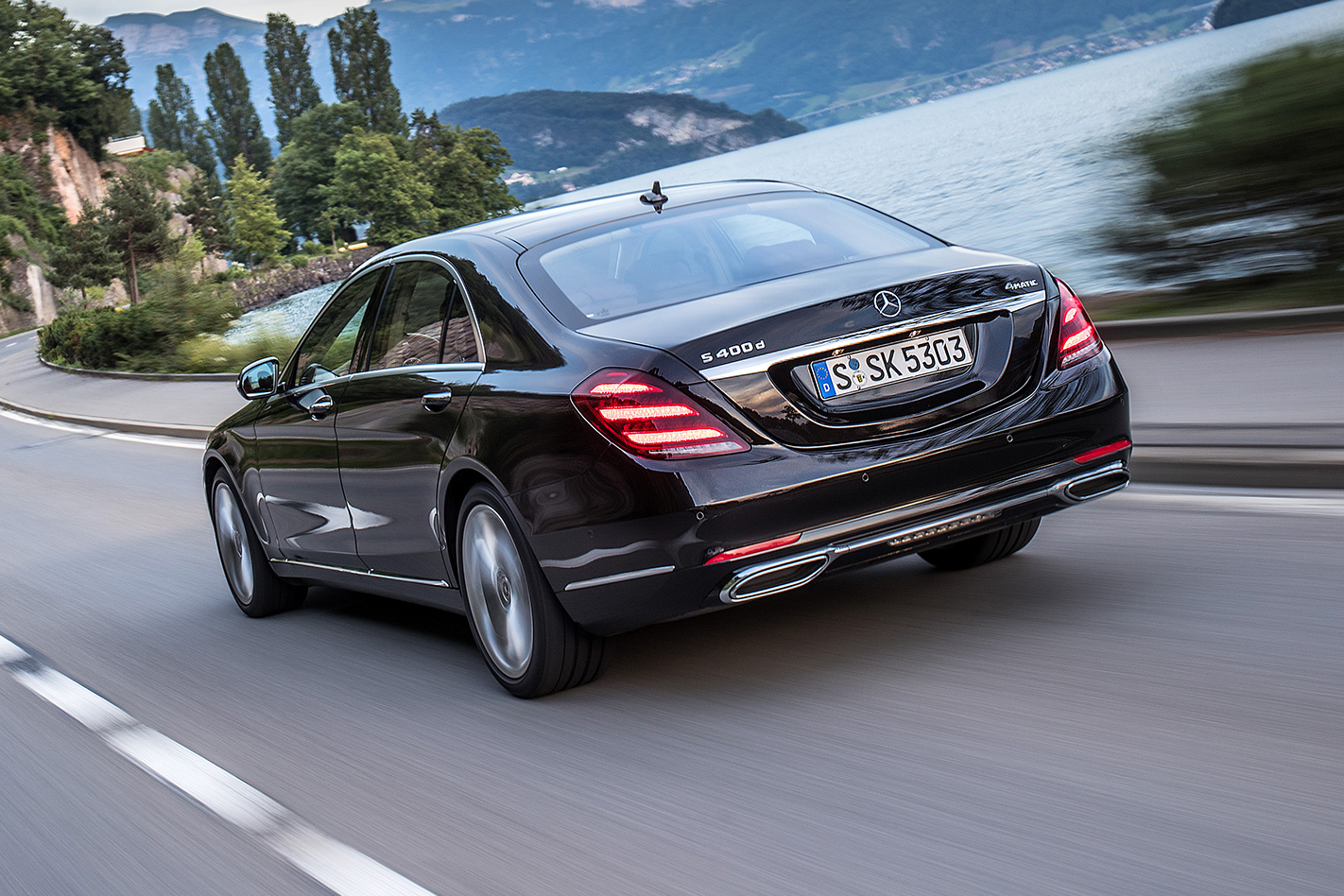
The diesel lacks the 48-volt electric motor assistance of the also impressive 2.9-litre in-line six 320kW petrol-powered S500, yet speed builds quickly and there is just a distant hum from the engine. With double-glazing standard on Australian cars, the cabin feels utterly isolated from the plebeian dramas of the outside world.
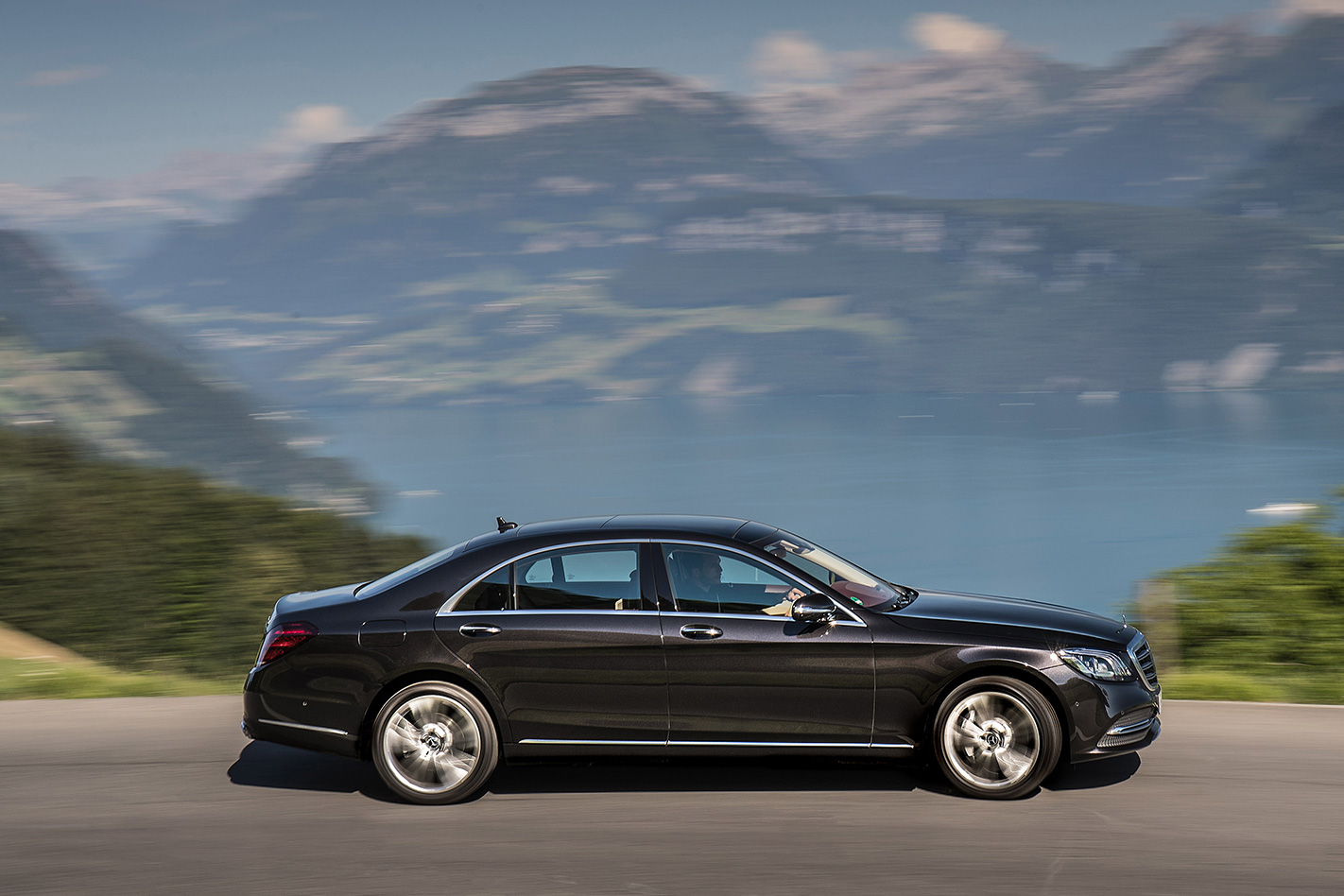
The cruise control feature in the new 2018 S-Class goes a step beyond the functionality of the new E-Class. It is now able to automatically adjust its speed for curves, intersections, changes in speed limits, and toll gates, based on its GPS data. The result is a system that allows the driver to use cruise control—and even its steering-assist function—much more often on secondary roads and not just on motorways.

In Sport it doesn’t slow as much and carries more momentum through bends. It also responds to speed limit signs, though occasionally the system disregarded the signs and failed to speed up.
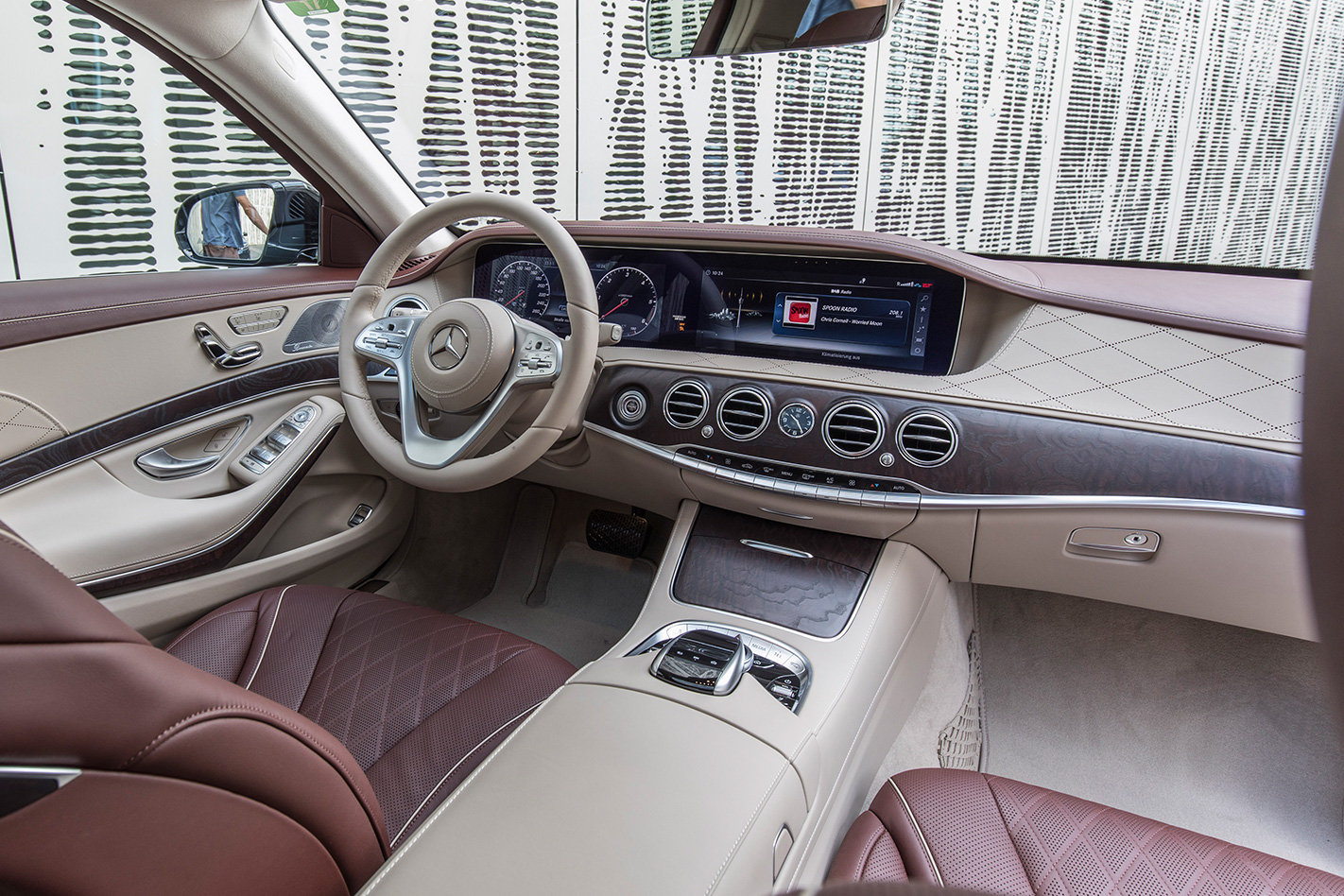
All this technology was impossible to operate on Mercedes’ old, and excellent, single wand cruise control. Because of that, all cruise functions are relocated to the left spoke of the steering wheel where some familiarisation is needed. Long term S-Class buyer-owners, who’ve become accustomed to the old wand won’t be pleased.
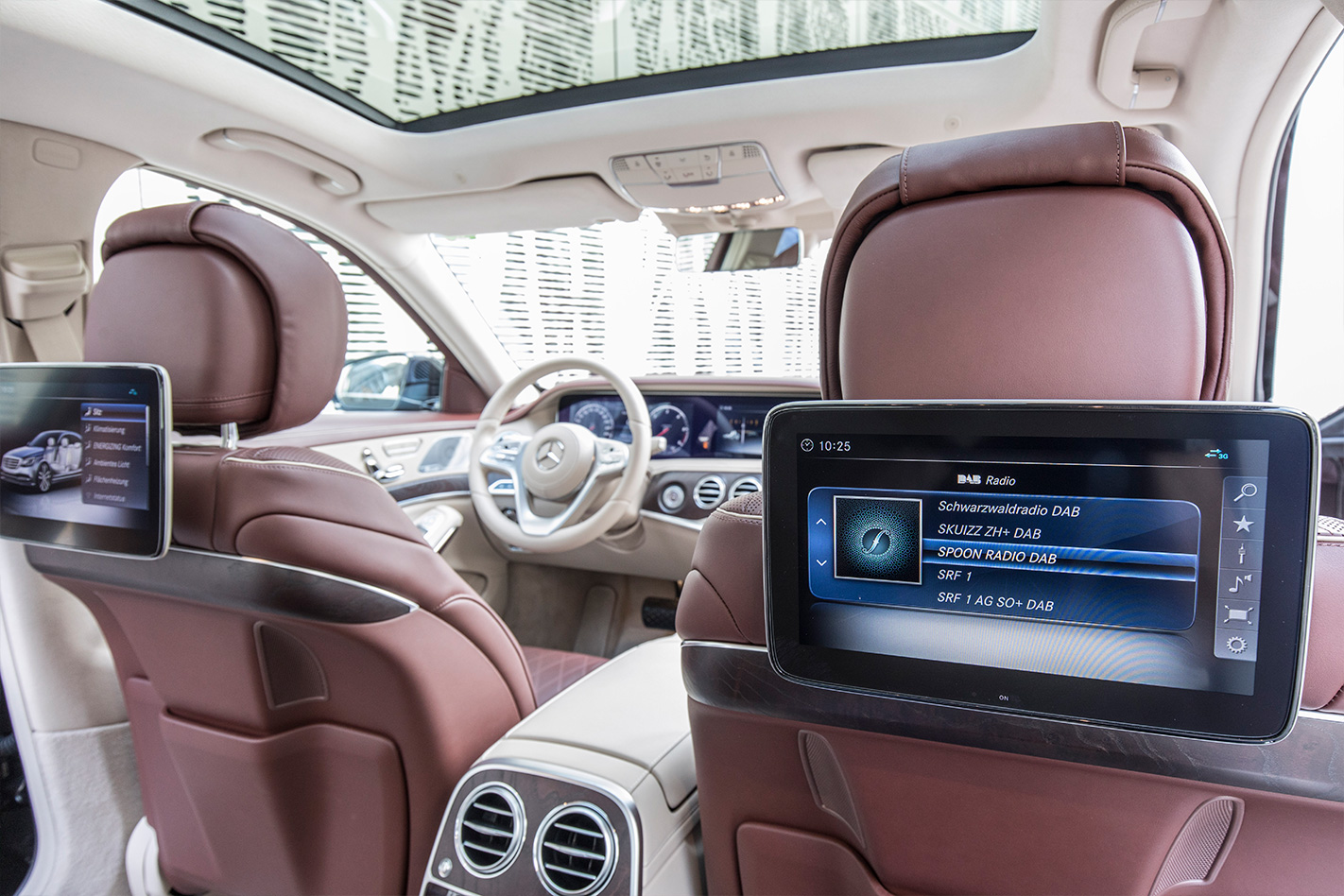
With a clear choice of models, and performance up to the AMG S63 (0-100km/h in 3.5sec), this latest version sets out to meld graceful speed and ultimate comfort with cutting edge technology. Nobody does it better than Mercedes.
Specs
Model: S400d LWB Engine: 2925cc six-cyl in-line, dohc, 24v, diesel, turbo Max power: 250kW @ 3600-4400rpm Max torque: 700Nm @ 1200-3200rpm Transmission: 9-spd automatic Weight: 1950kg 0-100km/h: 5.4sec Economy: 5.2L/100km combined Price: $250,000 (est) On sale: December

